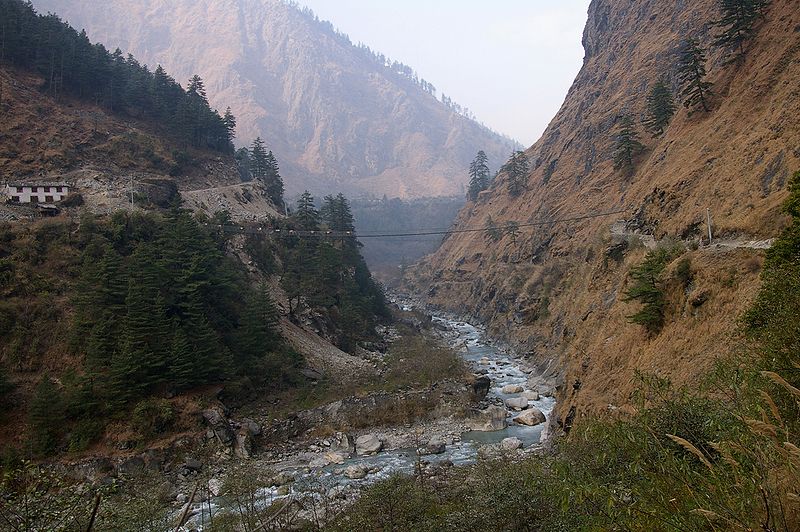
Kali Gandaki Gorge Facts
- The term of Kali Gandaki Gorge serves as the most often employed title for this extraordinary product of geological forces and time. The site does, however, have other general names. Those alternative designations include the moniker Andha Galchi.
- This marvel of Nature stands out in the minds of many, as well as the annals of science. That’s because it holds a very unique distinction. While measurements vary, according to some sources, it ranks as one of the deepest gorges in the entire world.
- It’s unknown precisely when ancient man first discovered this wonder of the natural world. The earliest confirmed example of human knowledge and use of its, though, dates back to the first millennium BCE. It formed part of a trade route at that time.
- In modern times, however, no single individual holds credit for discovering the feature. Rather, its acknowledgment came gradually through exploration and mapping efforts. This primarily occurred due to the actions of British explorers and surveyors.
- Today, the great natural beauty of Kali Gandaki Gorge makes it a popular site for hikers and walkers. This, unfortunately, leads to the potential for damage to its pristine beauty by the actions of mankind. Thankfully, local officials take pains to prevent this.
- The government of the country it lies in also recognizes and appreciates both its natural splendor and historical importance. Accordingly, the gorge now lies within the boundaries of the Annapurna Conservation Area. This provides a degree of protection.
Related Articles
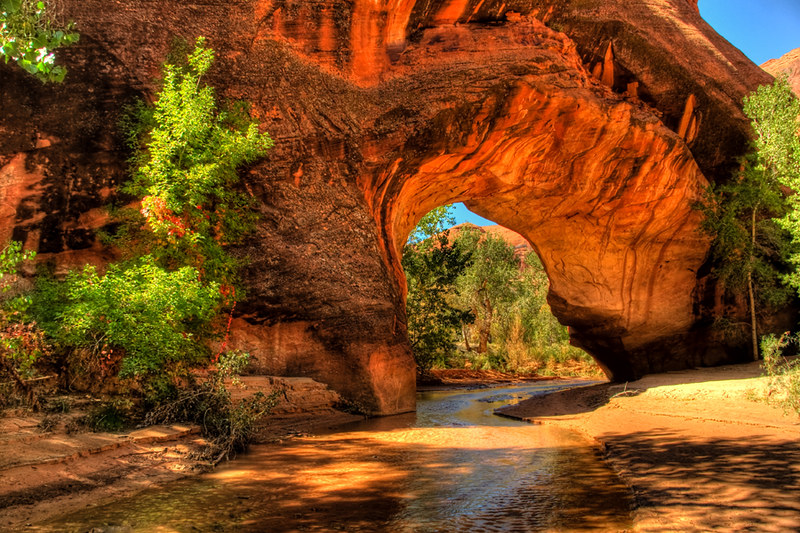
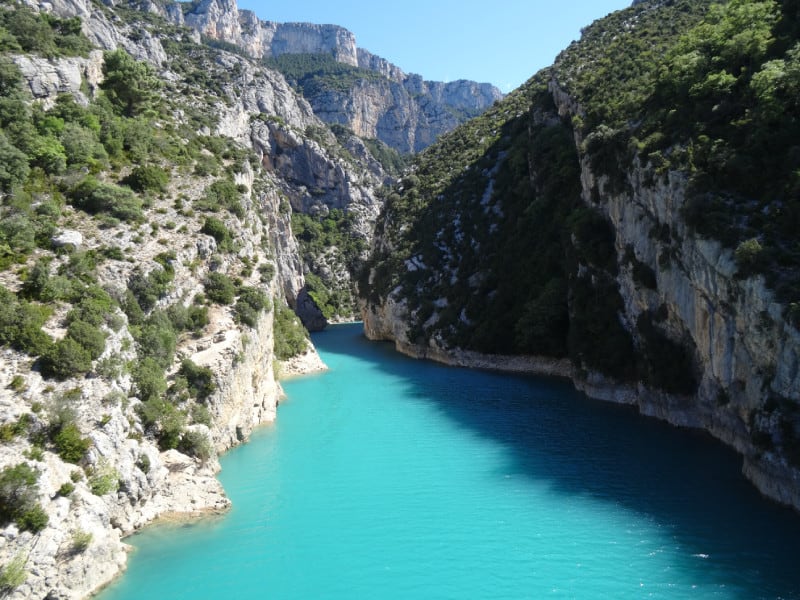
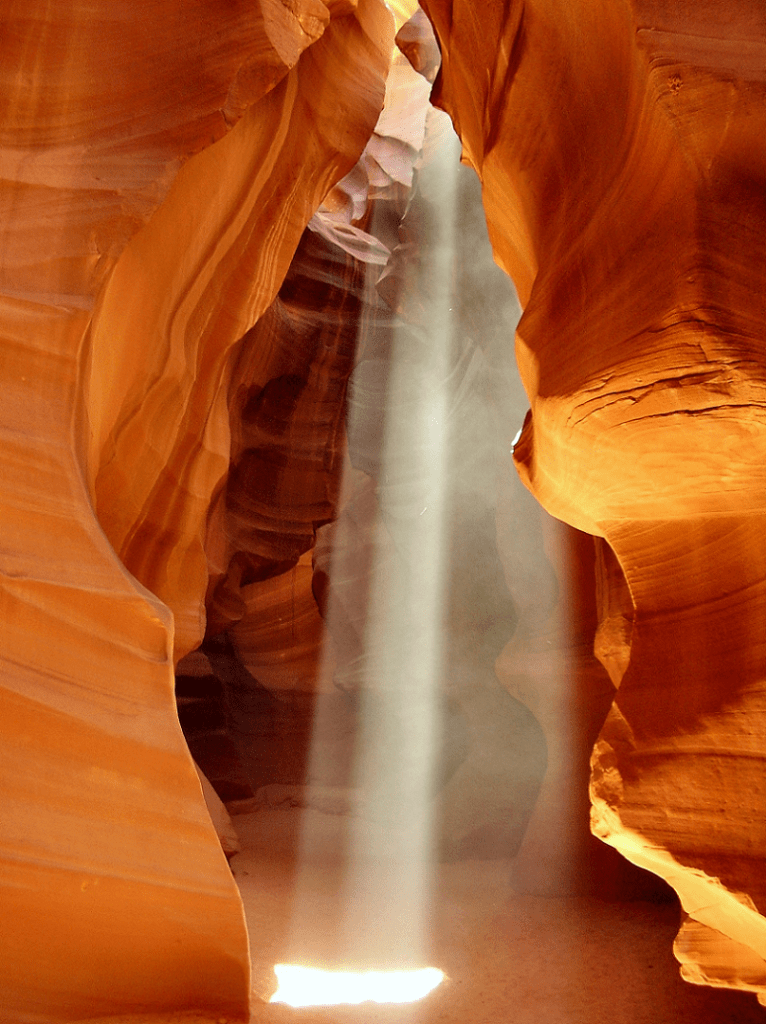
Antelope Canyon
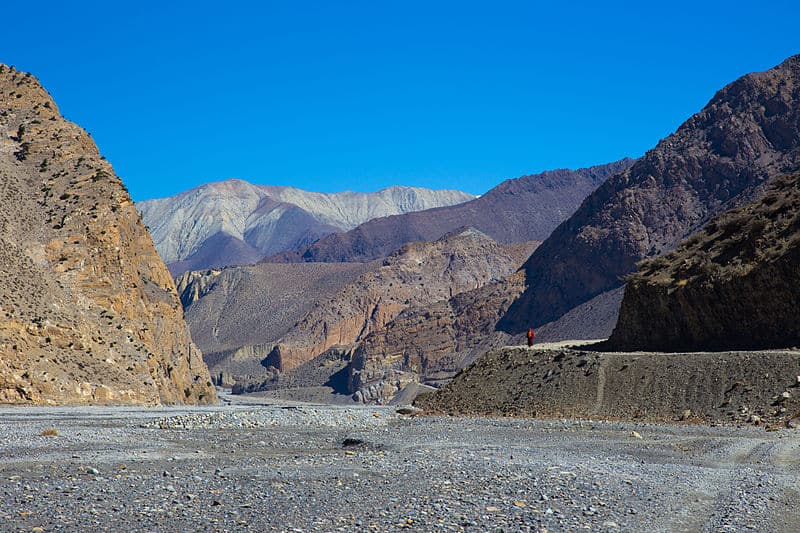
Kali Gandaki Gorge Physical Description
The magnificent Kali Gandaki Gorge rarely fails to captivate and amaze those who visit the site. It does so for a variety of reasons, though. For some, it’s the presence within its boundaries of multiple individual features, while for others, it’s the sheer size of the gorge.
The depth of this remarkable location naturally varies along the course of its full length. This also remains relative to the heights of the surrounding peaks, of which many exist. An average measurement for this statistic, however, equals approximately 14,764 ft (4,500 m)!
Yet, its deepest point plunges far below even this already incredible level. At this spot, the canyon holds a relative depth of 18,278 ft (5,571 m). There, it’s nestled below the peaks of the Dhaulagiri 26,795 ft (8,167 meters) and Annapurna 26,545 ft (8,091 meters) mountains.
The fabulous Kali Gandaki Gorge also impresses the viewer and scientist alike with yet another dimension. That’s its length. The mesmerizing gorge stretches for about 75 mi (120 km) through the surrounding mountains, creating a visually dramatic rift in the landscape.
Still more features await the intrepid adventurer who comes to this site, nestled in the mountains. Located in various places along its length, numerous naturally occurring caves also appear. The largest concentration of these appear in what’s called the Mustang region.
Not stopping there, Nature further provided the amazing natural wonder with a water-based marvel as well. The aptly-named Kali Gandaki River also flows through it,in a southward direction. The mountain river remains well known for its relatively fast rate of flow.
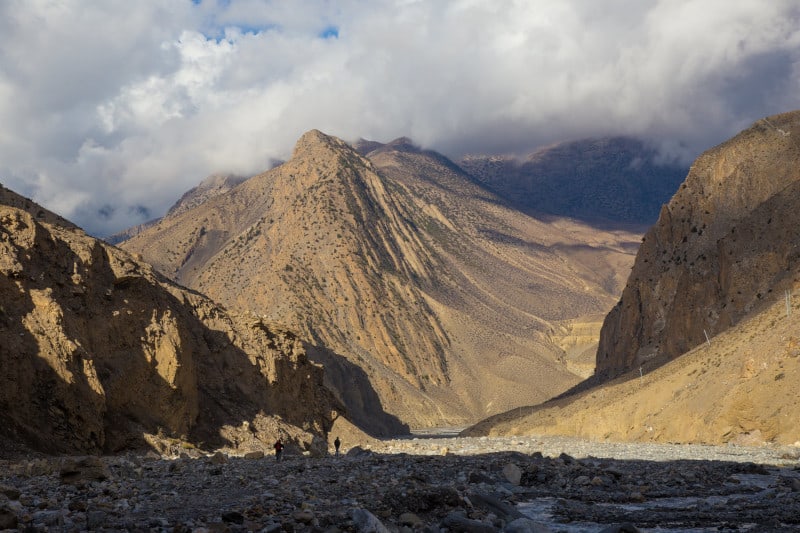
Kali Gandaki Gorge Location, Formation, and Ecology
The breathtaking Kali Gandaki Gorge formed in a region of the globe already well known for its abundance of geological wonders. The precise location of where it sits therefore won’t surprise many people. The site lies within the geographical borders of Asia.
There, the stunning canyon resides high in a particular portion of the mountainous area of the Himalayas. Its full extent falls within the national borders of the country of Nepal. It runs through the Mustang District, part of the Gandaki Province in north-central Nepal.
The creation of this geological beauty occurred slowly, over a period of millions of years. It also involved a complex interweaving of processes. Those included various geological, hydrological, and tectonic activities intertwining, and requiring great periods of time.
The site itself’s situated along a major tectonic fault line in the Himalayas themselves. Science estimates that the Indian Plate and the Eurasian Plate have been colliding for about 50 million years. That’s the powerful process that created the Himalayan mountain range.
The uplift of the Himalayas during the Himalayan mountain-building period led to the creation of peaks like Dhaulagiri and Annapurna. Significant tectonic activity accompanied this, including faulting and folding, which influenced subsequently the landscape.
The Kali Gandaki River represents the primary erosive force behind the formation of the gorge as it stands today, though. Originating from the Tibetan Plateau, the river’s spent many millions of years cutting through the uplifted terrain of the surrounding mountains.
Despite its location, the astounding geological marvel supports a thriving ecosytem and a surprising amount of ecological diversity. It’s also understandably strongly influenced by the dramatic elevation changes and varying climatic conditions along its course.
The flora in the gorge ranges from alpine vegetation in the high-altitude areas to temperate and subtropical forests in the lower valleys. The region also supports a variety of wildlife including snow leopards, Himalayan tahr, musk deer, and various species of birds.
The upper reaches of the captivating Kali Gandaki Gorge, however, possess a harsh climate. That’s because, near the Tibetan Plateau, it’s strongly characterized by very cold, arid conditions. Vegetation primarily includes hardy alpine plants adapted to harsh climates.
As the elevation gradually decreases towards the lower valleys, conditions begin to improve, though. The climate slowly becomes much more temperate. This zone supports a greater diversity of plant life, including rhododendrons, oak forests, and bamboo thickets.
In the lowest elevations, the climate actually becomes even warmer and with even more moisture. The lowest regions even qualify as subtropical. Here, lush forests, dominated by species such as sal trees, maple, and various flowering plants, actually appear.
Features Sharing Its Region
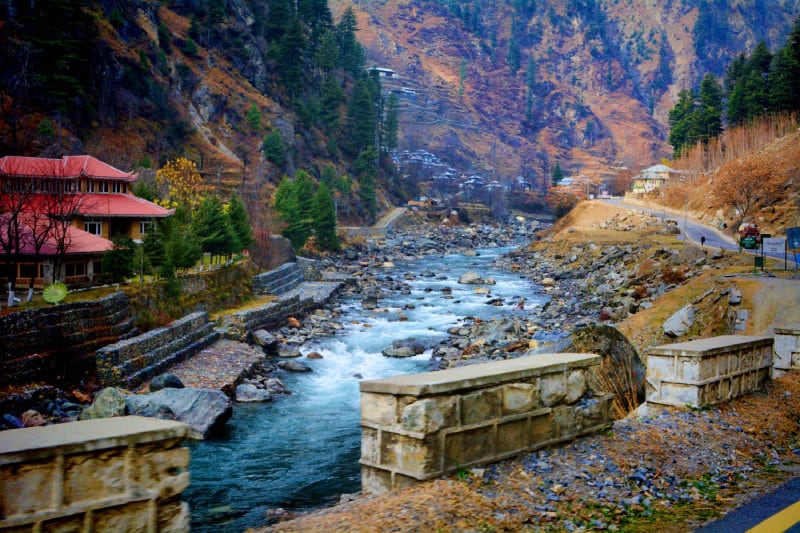
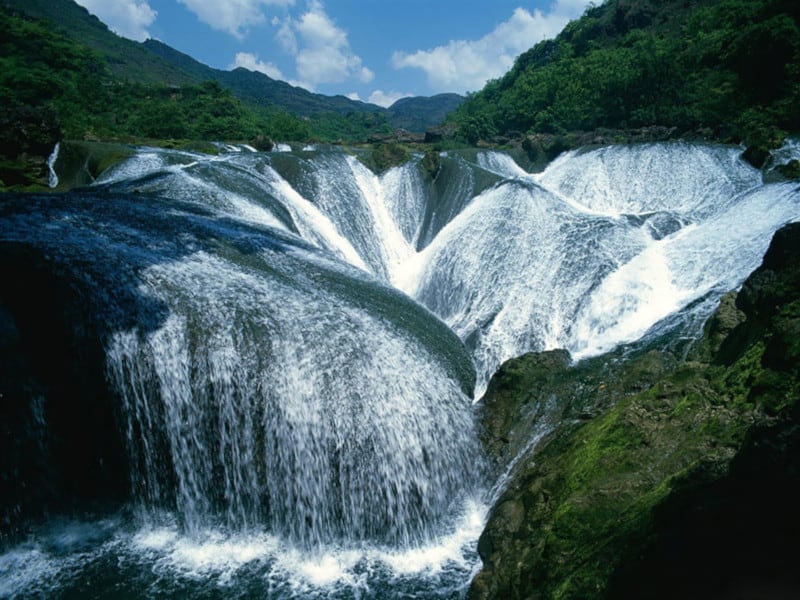
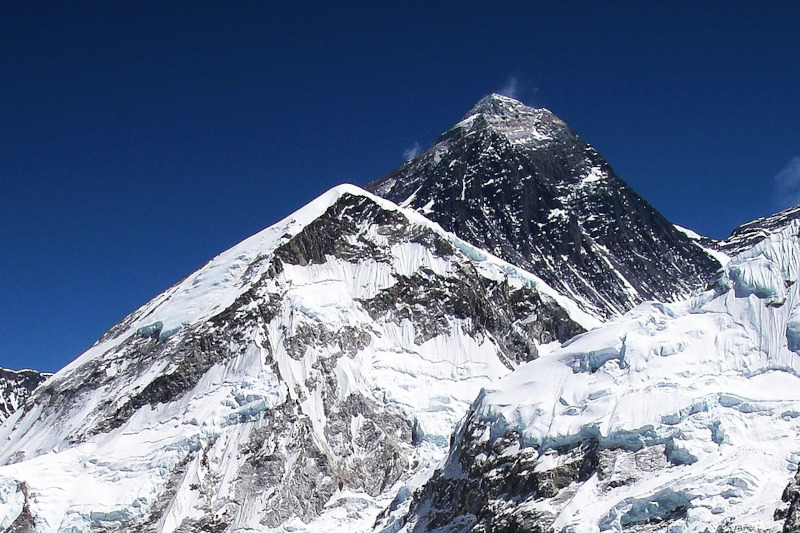
Check out our other articles on Wonderful Wild Cats of the World, Gharial, Northern Bald Ibis, Kalanchoe, Tasselled Wobbegong, Perdita Minima, Hellbender Salamander, Aye-aye









Leave a Reply